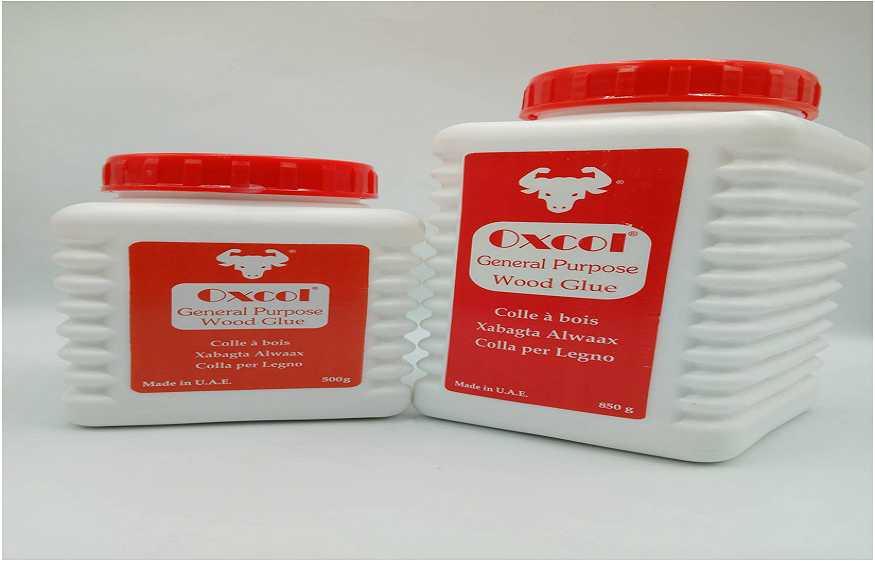Wood Glue: The Secret to Strong and Lasting Joints
When it comes to building furniture, crafting wooden art, or repairing household items, nothing is more important than a strong and durable bond. For woodworkers, hobbyists, and professionals alike, the right adhesive makes all the difference between a temporary fix and a masterpiece that stands the test of time. That’s where a strong adhesive steps in as an essential companion, ensuring that every joint holds firm and every project reaches its full potential.
The Importance of Choosing the Right Adhesive
Working with wood requires an understanding of how materials behave under stress and how best to join them together. Unlike nails or screws, adhesives create a uniform distribution of stress along the entire bonding area. This results in a stronger, cleaner connection that is less likely to crack, split, or fail under pressure. Whether you’re repairing a wobbly chair, building a bookshelf, or crafting intricate decorations, a reliable adhesive is crucial for achieving the best results.
Selecting the appropriate product means considering factors such as drying time, water resistance, strength, and application method. Some adhesives are ideal for indoor use, while others are formulated to withstand outdoor conditions. Taking the time to match the right product to the right project will not only make your work easier but also ensure that it lasts for years to come.
The science behind adhesives is simple yet fascinating. When applied to a wooden surface, the adhesive penetrates the pores of the wood fibres. As it dries, it forms a bond that is often stronger than the wood itself. Unlike mechanical fasteners, which can create stress points, a well-bonded adhesive joint evenly distributes force, making the connection less likely to break under strain. Modern formulations have made tremendous advances, offering everything from fast-drying options for quick repairs to waterproof versions that resist the harshest weather conditions. Some even come with gap-filling properties, ideal for imperfect joints where pieces might not fit together perfectly.
Applications Across Different Woodworking Projects
No matter what project you undertake, there is likely a role for adhesives. In fine furniture making, they help create seamless joints that enhance both strength and aesthetic appeal. In cabinetry, they ensure that doors and drawers remain stable and functional over time. Crafters rely on them for delicate tasks like creating marquetry or building wooden toys.
For larger structures like decks, pergolas, or outdoor benches, specialised adhesives that offer resistance to moisture, heat, and UV exposure are essential. Meanwhile, in the world of musical instrument building, where even tiny misalignments can alter sound quality, precision and reliability are critical. Because of their versatility, adhesives find a place not just in professional workshops but also in homes, schools, and art studios. They support creativity and problem-solving, offering an easy and effective way to bring ideas to life in wood form.
Tips for Successful Wood Bonding
Achieving the strongest possible bond requires more than simply spreading adhesive and pressing two pieces together. Preparation is key. Always start by ensuring that surfaces are clean, dry, and properly aligned. Dust, oil, or moisture can significantly reduce the adhesive’s effectiveness.
Apply the product evenly, using a brush or roller for larger surfaces to ensure complete coverage. Too much adhesive can create a mess and weaken the bond, while too little may leave gaps. Firm clamping is essential to hold the pieces together as it sets, preventing movement and allowing a tight bond to form. Patience is also important. Rushing to use or move the item before the adhesive has fully cured can compromise the strength of the joint. Follow the manufacturer’s recommended drying and curing times for the best results. Finally, any excess that squeezes out can be wiped away with a damp cloth before it dries, saving you from additional sanding or finishing work later.
Choosing the Best Product for Your Needs
With so many varieties available on the market, choosing the right adhesive can feel overwhelming. Traditional yellow carpenter’s adhesive is a great all-purpose choice for indoor projects. Polyurethane versions offer waterproofing and exceptional strength for outdoor furniture. For delicate woodworking, such as restoring antiques, hide adhesives remain a classic favourite because they can be reversed with heat and moisture if needed.
If you’re working on a project that will be exposed to varying temperatures or humidity levels, investing in a high-quality waterproof option is worth considering. For fast repairs, look for products with shorter setting times. Always check the label for specific features like food safety (important for kitchen items) or paintability if you plan to finish the piece later.
When in doubt, consulting experts at local hardware stores or reading product reviews online can help guide your decision. No matter what project you have in mind, there’s a perfect adhesive ready to help bring it to life.
Conclusion
Whether you’re a seasoned carpenter, wood glue is an indispensable part of woodworking. It not only ensures strong and durable joints but also enhances the quality and longevity of every project. By understanding how it works, selecting the right type, and applying it properly, you can create beautiful, lasting wooden creations that stand up to the test of time. In every handmade table, restored chair, or custom bookshelf, adhesive plays a quiet yet vital role, strengthening connections and helping to turn simple pieces of timber into treasures to be cherished for generations.

